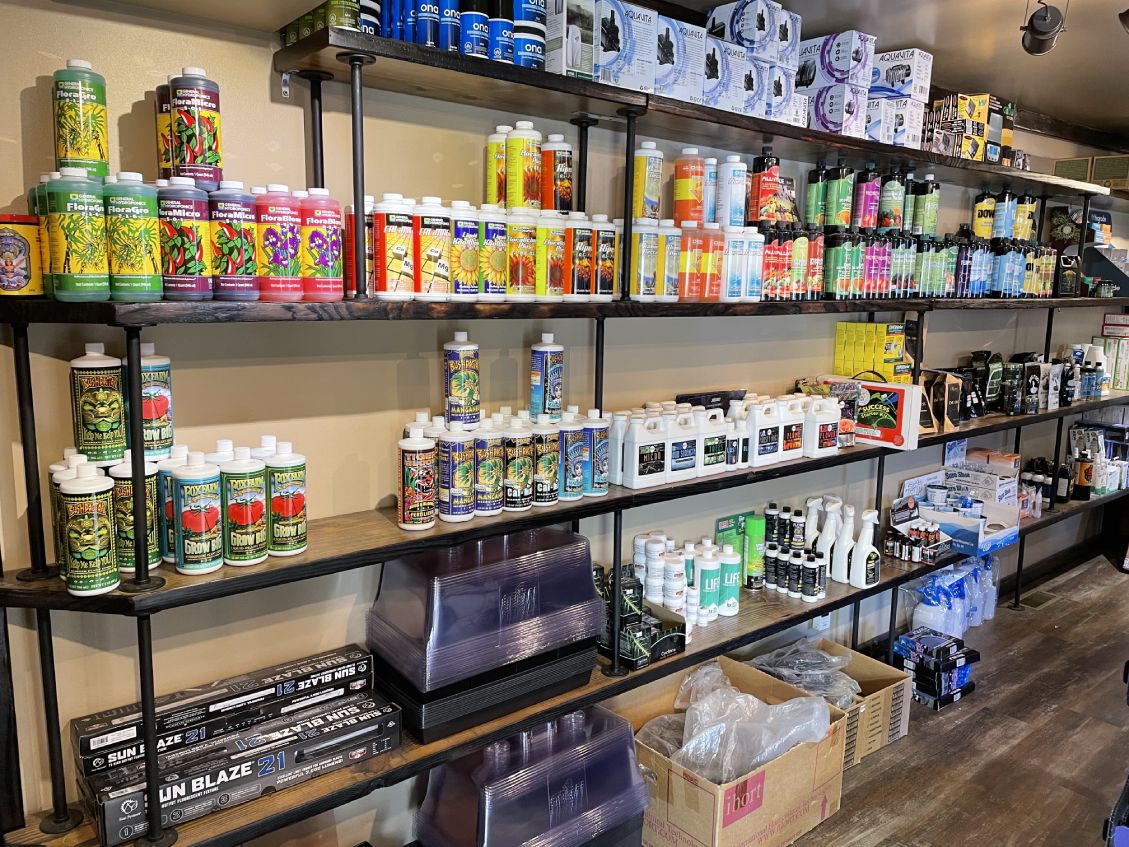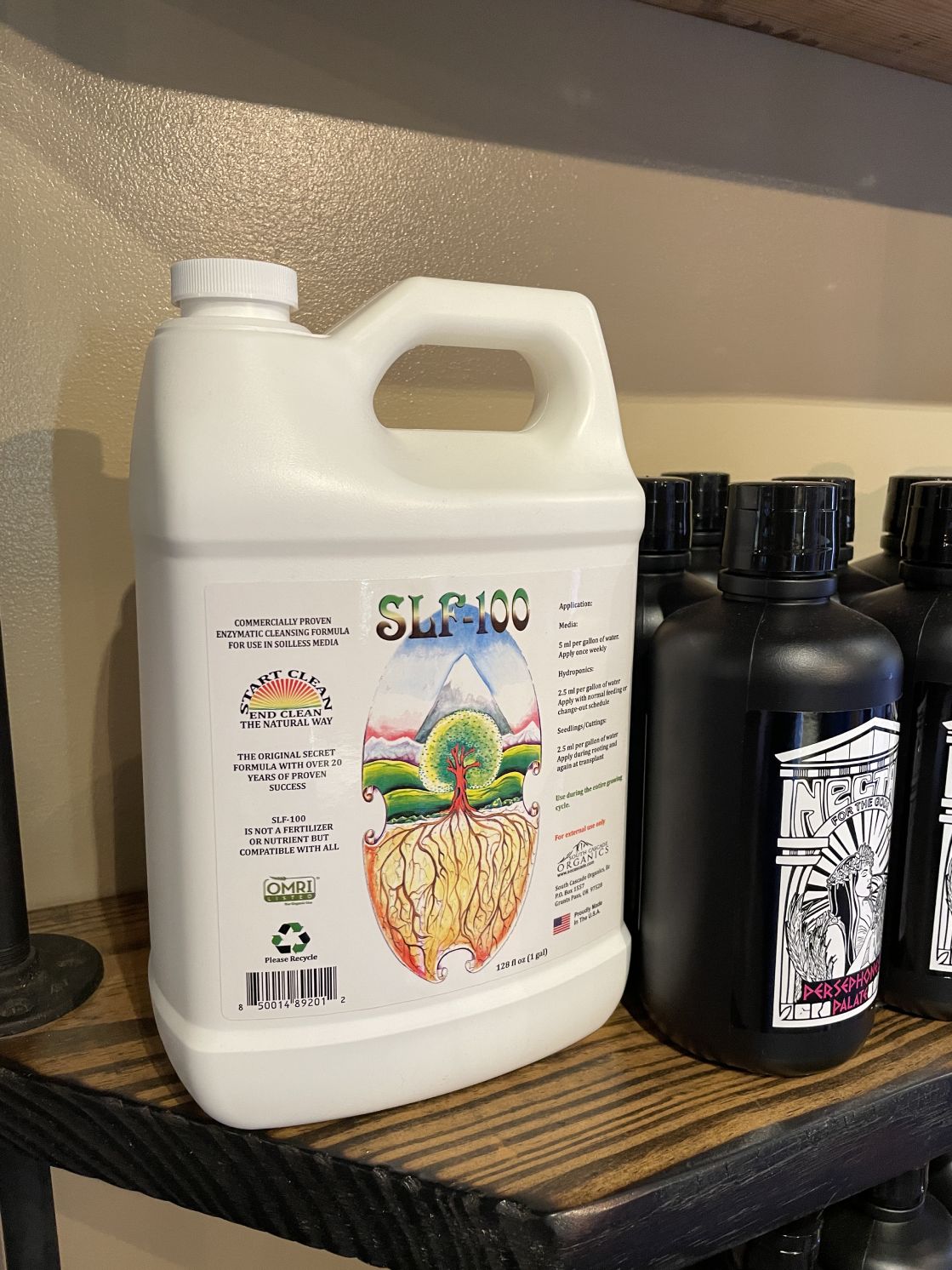Unlocking the Prospective of Hydroponics: Understanding Its Makes Use Of and Different Kinds
Hydroponics, an approach of growing plants without dirt, has actually amassed raising focus for its prospective to revolutionize farming and horticulture methods. As we browse with the elaborate landscape of hydroponic systems and methods, it becomes evident that each approach holds distinct benefits and constraints.
Advantages of Hydroponic Solutions

Another benefit of hydroponic systems is the capability to grow plants in a smaller sized area. Hydroponic systems reduce the threat of soil-borne illness and insects, as there is no dirt to nurture these threats.
Usual Utilizes in Agriculture

Given the reliable water conservation and space-saving advantages of hydroponic systems, it is obvious that these innovative farming techniques have located common usages in different sectors of farming. The regulated environment of hydroponic systems enables year-round growing, providing a constant supply of fresh produce no matter of external climate conditions.
Hydroponics is generally utilized for growing a range of crops, consisting of leafy eco-friendlies, tomatoes, cucumbers, strawberries, natural herbs, and peppers. Its adaptability reaches upright farming, urban farming, and greenhouse manufacturing. Additionally, hydroponic systems are made use of in research and academic setups to study plant development, nourishment, and growing methods. The flexibility and efficiency of hydroponics make it a useful device in modern agriculture, attending to the obstacles of sustainability, food security, and source optimization.
Exploring Different Hydroponic Strategies
Hydroponic systems use a range of approaches that provide to various plant types and farming goals. Additionally, the Ebb and Circulation system, also understood as the Flooding and Drain system, periodically floodings the plant roots with nutrient service, permitting for oxygenation during draining pipes periods. Each of these methods showcases the versatility and effectiveness of hydroponic systems in enhancing crop development and yield.
Comparing Different Hydroponic Systems
Checking out the performance and yield enhancement strategies in hydroponics leads us to compare various hydroponic systems available for crop farming. Each hydroponic system has its unique attributes, benefits, and restrictions, making it crucial for cultivators to pick the most suitable system based upon their details needs and restrictions.
Among one of the most common hydroponic systems is the nutrient film technique (NFT), where a Look At This slim movie of nutrient solution continuously streams over the plant origins. pop over to this web-site This system is treasured for its water performance and suitability for growing leafy eco-friendlies and herbs. In comparison, the deep water culture (DWC) system submerges plant origins directly right into the nutrient solution, offering ample oxygen and nutrients. The DWC system is cost-effective and relatively easy, making it a prominent option for novices.
One more popular hydroponic system is the ebb and circulation (or flood and drainpipe) system, which regularly floods the plant origins with nutrient service before draining it. By recognizing the differences in between these hydroponic systems, cultivators can make enlightened choices to make the most of plant yield and top quality.
Advancements in Hydroponic Technology
One crucial technology is the development of wise hydroponic systems that use sensing units and automation to check and adjust environmental conditions such as pH levels, nutrient concentrations, and light direct exposure in real-time. These systems make it possible for specific control over growing conditions, leading to optimal plant growth and higher crop yields.
One more remarkable advancement is the combination of vertical farming methods with hydroponic systems, enabling the growing of plants in piled layers. This upright technique maximizes area use, making it optimal for metropolitan atmospheres where land accessibility is limited - The Indoor Earthworm. Furthermore, making use of advanced LED lighting systems tailored to specific plant requirements has boosted power performance and improved growth rates in hydroponic setups
Developments like these are driving his response the development of hydroponics, making it a highly eye-catching and lasting option for modern-day agriculture.
Conclusion
In verdict, hydroponics uses various benefits in farming and has various strategies and systems that can be utilized to optimize its capacity. Innovations in hydroponic modern technology continue to boost effectiveness and sustainability in food production. By recognizing the uses and various types of hydroponic systems, farmers and farmers can open the full capacity of this innovative technique of growing plants without soil.
Additionally, hydroponic systems enable for far better control over nutrient levels, pH equilibrium, and environmental conditions, leading to much healthier plants and higher returns.

Comments on “Reinvent Your Yard with The Indoor Earthworm's Planting Technique”